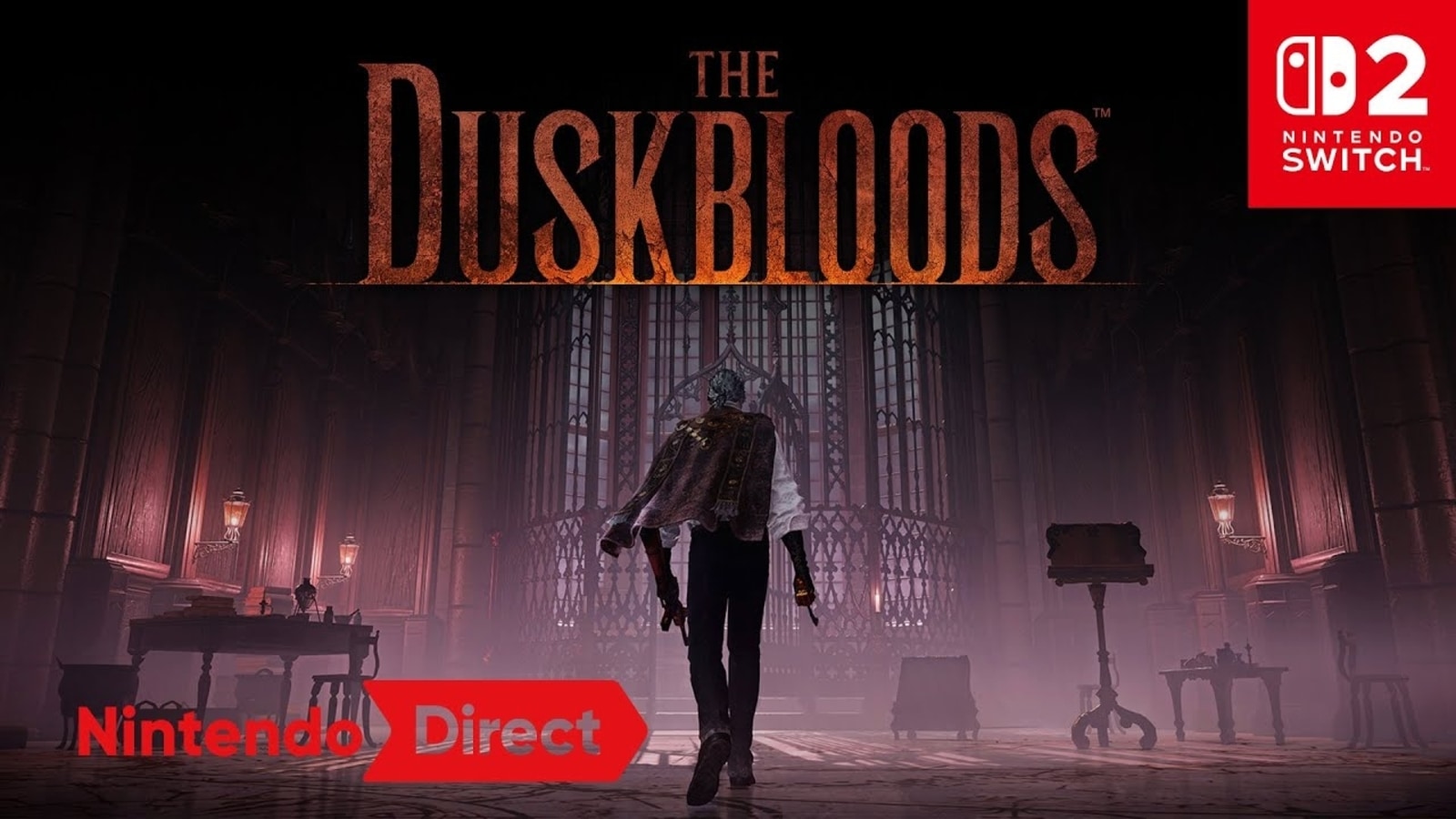When Jason Voorhees took Manhattan, he rode the subway. Walter Hill’s gang members in “The Warriors” prowled the M.T.A. Now, Ghostface is riding the 1 train.
In “Scream VI,” the latest in the long-running horror franchise, the action moves from suburban Woodsboro, Calif., to New York City, where it follows the heroes on an anxiety-inducing subway ride. Trying to travel downtown for what will end up being the climactic showdown, the stars are trapped on a jam-packed Halloween commute with multiple riders wearing the Edvard Munch-ian masks and black robes that have become a hallmark of these movies. Is one of the straphangers the bad guy? Or are they all just tasteless partygoers donning the costume of a murderer on the loose? Given that this is a “Scream” movie, you can probably guess that at least one of them has a knife primed for stabbing.
The sequence is not only the most tension-filled in the film; it also acts as an homage to frightening subway scenes of yore, and plays into present-day fears about the city’s transit system. Even though the latter wasn’t what the filmmakers were going for, it’s par for the course for the genre. “Horror movies notoriously ruin things for people and make people afraid of things,” Guy Busick, one of the film’s writers, said in an interview.
In “Scream VI,” Sam and Tara Carpenter (Melissa Barrera and Jenna Ortega), the sisters who became Ghostface’s target in the 2022 reboot simply titled “Scream,” have moved to New York. There Tara is attending college along with her high school pals Mindy and Chad Meeks-Martin (Jasmin Savoy Brown and Mason Gooding) as well as some new acquaintances, a.k.a. potential suspects. It’s all undergraduate drunken revelry until a killer starts stalking.
Almost as soon as Busick and his co-writer James Vanderbilt decided to set the film in New York, eager to move the franchise to the big city, they envisioned a subway sequence. But Vanderbilt, who grew up nearby in Connecticut and would frequently visit, wanted to subvert the familiar idea that a relatively abandoned car was the most terrifying scenario. “That thing where it’s 2 in the morning was never scary to me,” he said. “What’s scary to me is it’s really hot and there are 150 people in the car. Take Ghostface out of it. That, to me, is still scary.” Add in Halloween — and the accompanying disguises — and it’s only more unsettling.
In the film, the Carpenters and their friends decide they’ll be safer if they all travel together in a very public setting. Amid aggressive crowds, the doors close before two members of the group can get on, and, with cellphone service spotty and plenty of potential slashers present, the plan goes awry.
The Projectionist Chronicles the Awards Season
The Oscars aren’t until March, but the campaigns have begun. Kyle Buchanan is covering the films, personalities and events along the way.
- The Tom Cruise Factor: Stars were starstruck when the “Top Gun: Maverick” headliner showed up at the Oscar nominees luncheon.
- An Andrea Riseborough FAQ: Confused about the brouhaha surrounding the best actress nominee? We explain why her nod was controversial.
- Sundance and the Oscars: Which films from the festival could follow “CODA” to the 2024 Academy Awards.
- A Supporting-Actress Underdog: In “Everything Everywhere All at Once,” don’t discount the pivotal presence of Stephanie Hsu.
The film’s directors, Tyler Gillett and Matt Bettinelli-Olpin, were immediately excited by the prospect of a Ghostface attack on the subway. “The whole movie is built around these ideas of danger in public and what’s right in front of you, and that, for us, was the scene where all of that comes together,” Bettinelli-Olpin said.
At the same time, they were aware of the challenges. For budgetary reasons, production took place in Montreal, where the transit system looks nothing like New York’s. They considered importing a decommissioned PATH car from New Jersey, but it was too heavy to sit on their production stage. It ultimately fell to the production designer Michele Laliberte to recreate a 1 train from scratch. Shooting took place over three days and involved 140 to 180 extras, clothed in costumes ranging from normal businessman to Debbie Harry in David Cronenberg’s “Videodrome.” (Fun fact: If you can spot her, it’s Harry’s actual costume.)
Gillett and Bettinelli-Olpin do not live in New York, and they admit that their version of the subway owes as much to cinema as it does to real life. That fits with the ethos of the self-referential “Scream” series, in which characters are continually offering meta-commentary on what they are going through. “‘Warriors’ is like my touchstone for subway movies,” Bettinelli-Olpin said, referring to the iconic 1979 action flick about warring gangs in which the subways turn into hide-outs and battlefields. “I just assume it’s still like that all the time.” (It’s not.)
Gillett added that they had also looked to the subway sequence in Todd Phillips’s 2019 “Joker” where Joaquin Phoenix’s loner, in clown makeup, is assaulted by three besuited jerks on the train before shooting them. (Technically this takes place in Gotham City, but the film did little to hide its New York locations.) “The level of grit and grime and texture and feeling of it being really, really real was something we really wanted to borrow,” Gillett said.
Still, the directors would have debates with the cinematographer Brett Jutkiewicz, an actual New Yorker, about how often the lights on the car should flicker, plunging the scene into eerie darkness. “Brett came up to us after the first take and was like, ‘Guys, we need to cut back on these flickers; the subway cars don’t do this anymore,’” Gillett said. But while they wanted some level of authenticity, reality wasn’t exactly their main objective. The goal was the subway as a heightened “house of horrors.”
That phrase might be a little too real for some people. Moviemakers have long relished portraying the city’s trains as frightening. (Think of “The Taking of Pelham One Two Three,” Joseph Sargent’s 1974 movie about a hijacked subway train that was remade in 2009 by Tony Scott.) Most of these films — whether new or classic — portray the system as a place of lawlessness.
For those of us who currently take the subway, those portrayals can seem a little overblown, although the situation has gotten murkier since the pandemic. The rate of violent crimes per ride has risen since 2019, but a 2022 New York Times analysis revealed that it’s relatively unlikely you will be a target. Still, in New York, some people feel wary about the subway thanks to high-profile incidents that have included stabbings.
The real-world relevance wasn’t top of mind for Bettinelli-Olpin, Gillett or the writers, but it’s impossible not to think about that fear when watching the characters’ petrified faces as they search for danger at each stop. And although the filmmakers weren’t trying to evoke a specific post-lockdown perspective, they were going for a sense of dread. “That whole sequence is really about paranoia,” Gillett said. In this case, that paranoia comes from an excess of people packed into a metal tube, rather than a dearth of them.
And when you really think about it, there are few things more unnerving than being stuck underground with a bunch of strangers — even if there isn’t a serial killer running loose.
























